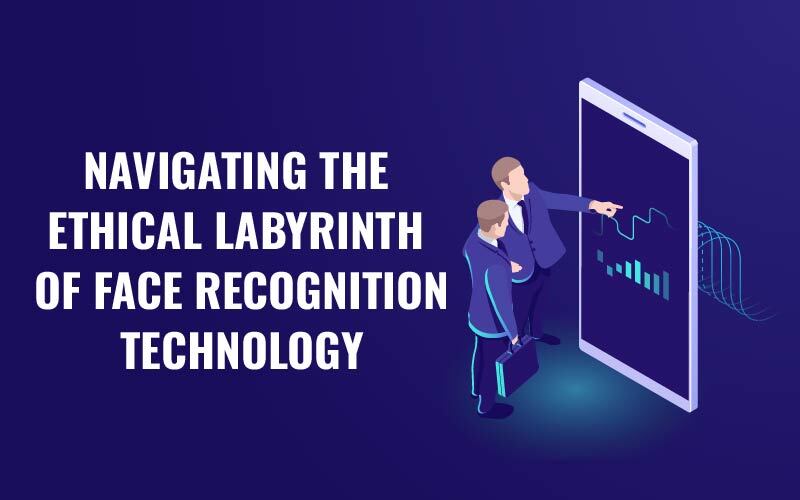In our digitally connected world, safeguarding our online presence has become a top priority. Cybersecurity, the art of protecting our electronic systems and data from malicious attacks, is a complex field that warrants our attention. In this concise guide, we’ll explore the realm of cybersecurity, breaking down its core components, the threats it combats, and practical tips to fortify your digital defenses.
Understanding Cybersecurity
Cybersecurity operates across several domains, each with its unique focus:
1. Network Security:
This is the frontline defense for computer networks, guarding against intruders and malware. Whether facing targeted attacks or opportunistic threats, network security keeps our digital highways secure.
2. Application Security:
Starting in the development phase, this aspect ensures that software and devices remain free from threats, fortifying them against vulnerabilities before deployment.
3. Information Security:
Safeguarding data integrity and privacy, whether at rest or in transit, is the essence of information security. It’s the shield that preserves the confidentiality of sensitive information.
4. Operational Security:
Here, processes and decisions govern the handling and protection of data assets. It encompasses user permissions, data storage, and sharing protocols.
5. Disaster Recovery and Business Continuity:
These strategies dictate how organizations respond to cyber incidents or other disruptions. Disaster recovery policies get operations back on track, while business continuity plans keep things running despite resource limitations.
6. End-User Education:
Recognizing that people are often the weak link in cybersecurity, this facet focuses on teaching users best practices, such as avoiding suspicious email attachments and unverified USB drives.
Types of Cyber Threats
Cyber threats take on various forms but can be categorized into three main types:
1. Cybercrime:
Driven by financial gain or disruptive motives, cybercriminals target systems and data for personal benefit.
2. Cyber-attacks:
These often involve politically motivated information gathering on a global scale.
3. Cyberterrorism:
Cyberterrorism aims to undermine electronic systems to create panic or fear.
Common Cyber Threat Methods
If you have any views about Cybersecurity that you want to share, you can express it on the Tech Blogs Write for Us sections.
Cybercriminals employ diverse tactics to gain control of computer systems:
1. Malware (Malicious Software):
Malware, such as viruses, Trojans, spyware, and ransomware, disrupts or damages legitimate users’ computers. It’s often distributed through unsolicited email attachments or deceptive downloads.
2. SQL Injection:
This attack exploits vulnerabilities in data-driven applications, enabling cybercriminals to access sensitive information stored in databases.
3. Phishing:
Cybercriminals use deceptive emails that appear legitimate to trick victims into revealing sensitive information.
4. Man-in-the-Middle Attacks:
Attackers intercept communications between two parties to steal data, often on unsecured WiFi networks.
5. Denial-of-Service (DoS) Attacks:
These overload networks and servers with traffic, rendering systems unusable.
Latest Cyber Threats
Staying informed about emerging threats is crucial. Recent examples include the Dridex malware, causing substantial global financial losses, romance scams preying on individuals seeking partners online, and Emotet malware, a sophisticated trojan stealing data.
Protecting Yourself Against Cyberattacks
Here are essential cybersecurity tips for individuals and businesses:
1. Regular Software and OS Updates:
Stay protected with the latest security patches.
2. Anti-virus Software:
Invest in reputable security solutions and keep them updated.
3. Strong Passwords:
Avoid easily guessable passwords.
4. Email Caution:
Don’t open attachments or click links in emails from unknown sources.
5. WiFi Vigilance:
Be cautious on unsecured public WiFi networks to prevent attacks.
The Bottom Line
In conclusion, cybersecurity is our digital shield, guarding against a barrage of threats. Understanding its components, recognizing threat methods, and following best practices are keys to safeguarding our digital lives. As cyber threats evolve, vigilance and staying informed remain our best defense against unseen adversaries in the virtual realm.




